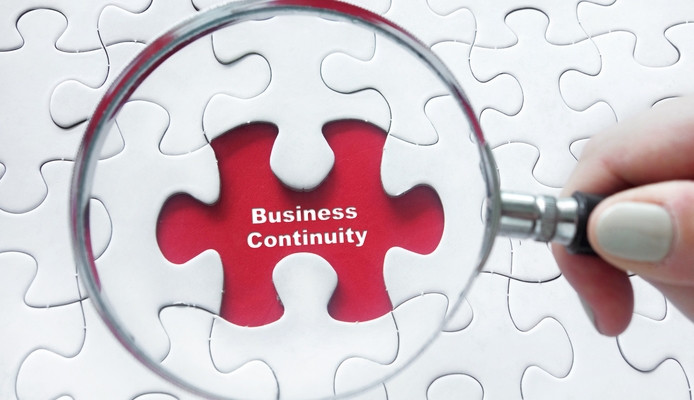
Written By: Stephen Reisler – BusinessExit.com
What good has it all been if tomorrow something happens to you and your partners, managers, employees and family do not know what to do, who to call, who takes over, or what comes next – would your business continue on or wither away?
By not having a continuity plan in place all of the blood, sweat, tears, years and money invested, and time away from the people and things you loved were all sacrificed and for what? Creating a continuity plan does not take a lot of time and it is the most important first step in ensuring your legacy, your company, and/or your family lives on comfortably.
A critical first step in developing a Continuity Plan is providing written instructions as to what should happen if you are unable to be active in your business. In essence this includes the who, what, why, when and how questions important to those left behind such as:
– Who do you wish to take over the company?
– Who are the important customers and/or vendor?
– When should the company be sold and who might the purchaser be?
– What are the names and numbers of the advisors the family should turn to?
– Where can others find copies of insurance policies or business plans?
Keep in mind that your key people will likely be in shock personally and do not need the stress of figuring out the tangled mess of the business on top of it all. Providing them with a simple document detailing the answers to those questions would be a great first step.
Once the initial continuity document is completed, your second step is to begin transitioning the knowledge and skills that you have perfected over the years to those who you wish to continue on running the company in your absence. A critical risk from the premature death or disability of the business owner is the loss of knowledge and skills critical to the business. This is precisely why you should be working towards making yourself expendable over time.
Most business owners struggle with this concept but it is essential if you are ultimately going to have a sustainable business. A good place to start is documenting what you do and how you do it as well as what can be done by other people in the company. You should then train and educate your employees so they can step into your shoes over time. The beauty of this step is that in will not only ensure your company can go on if something happened to you, but it can also make life much easier for you while you are still active in the business.
Finally, you should also review your insurance coverage and all relevant agreements designed to protect the company and your shares (in the case of a partnership). Key man insurance that is taken on the life of the owner(s), and pays a death benefit to the company, serves the following objectives:
– Breathing space and allow the company time to adapt to new management
– Additional funds while the company is in the process of selling
– Additional funds to pay bonuses to key people to encourage them to stay
– Funds to purchase the shares of a deceased partner by the company
If you have partners, make sure you have an updated shareholders’ agreement which reflects the current circumstances of the business, its value as well as protects you and your family in the case of premature death or disability.
Whether you want to think about it or not, somewhere down the line ‘life’ will happen to each and every one of us. Preparing for the unexpected is essentially protecting all you worked so hard to create for the benefit of those who you leave behind. Those left to figure it all out will thank you for the effort of planning it all ahead as planning brings clarity to all and at the same time ensures your legacy.
© BusinessExit.com, LLC. All Rights Reserved.
Website Design by IWD Marketing.